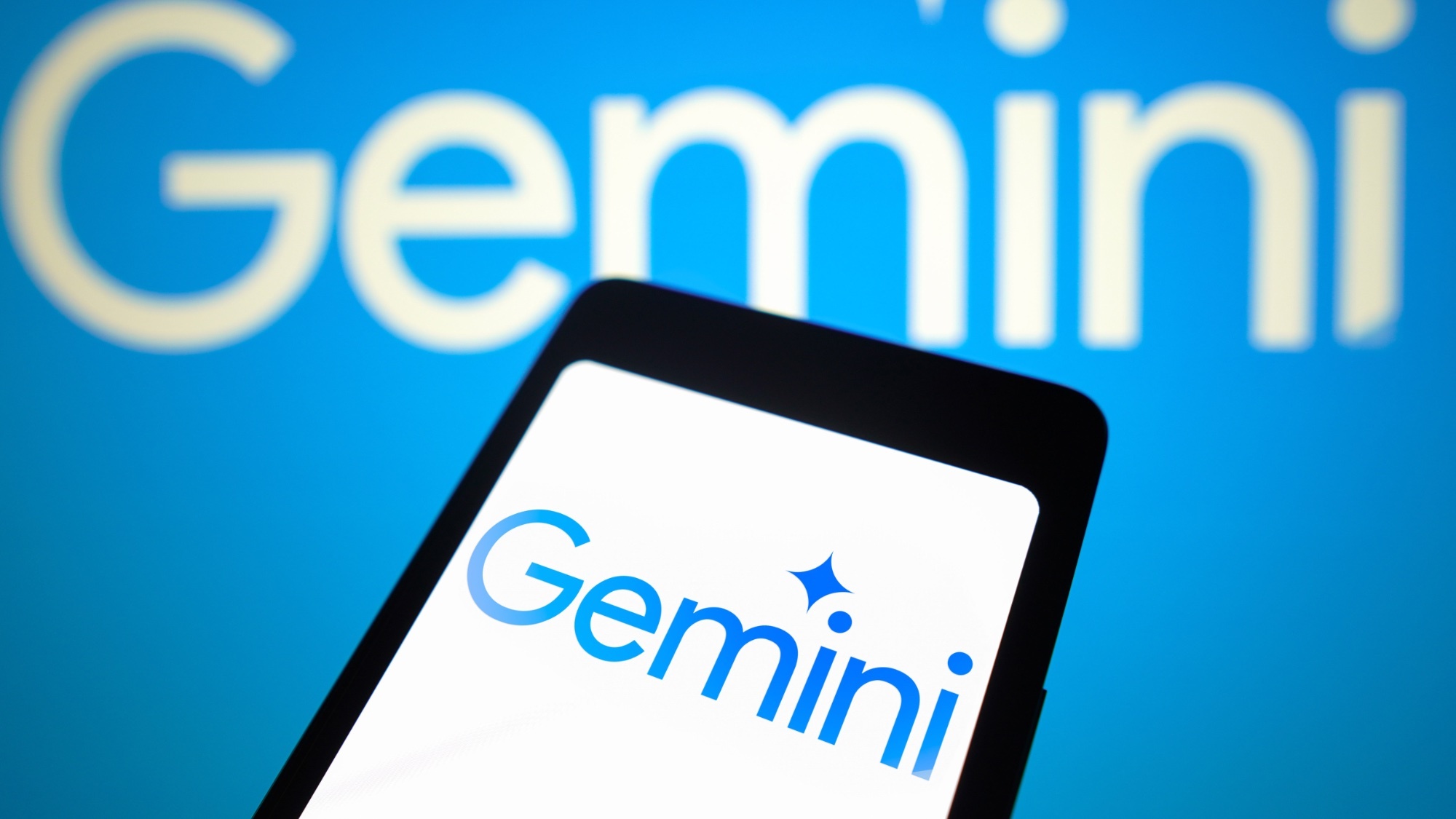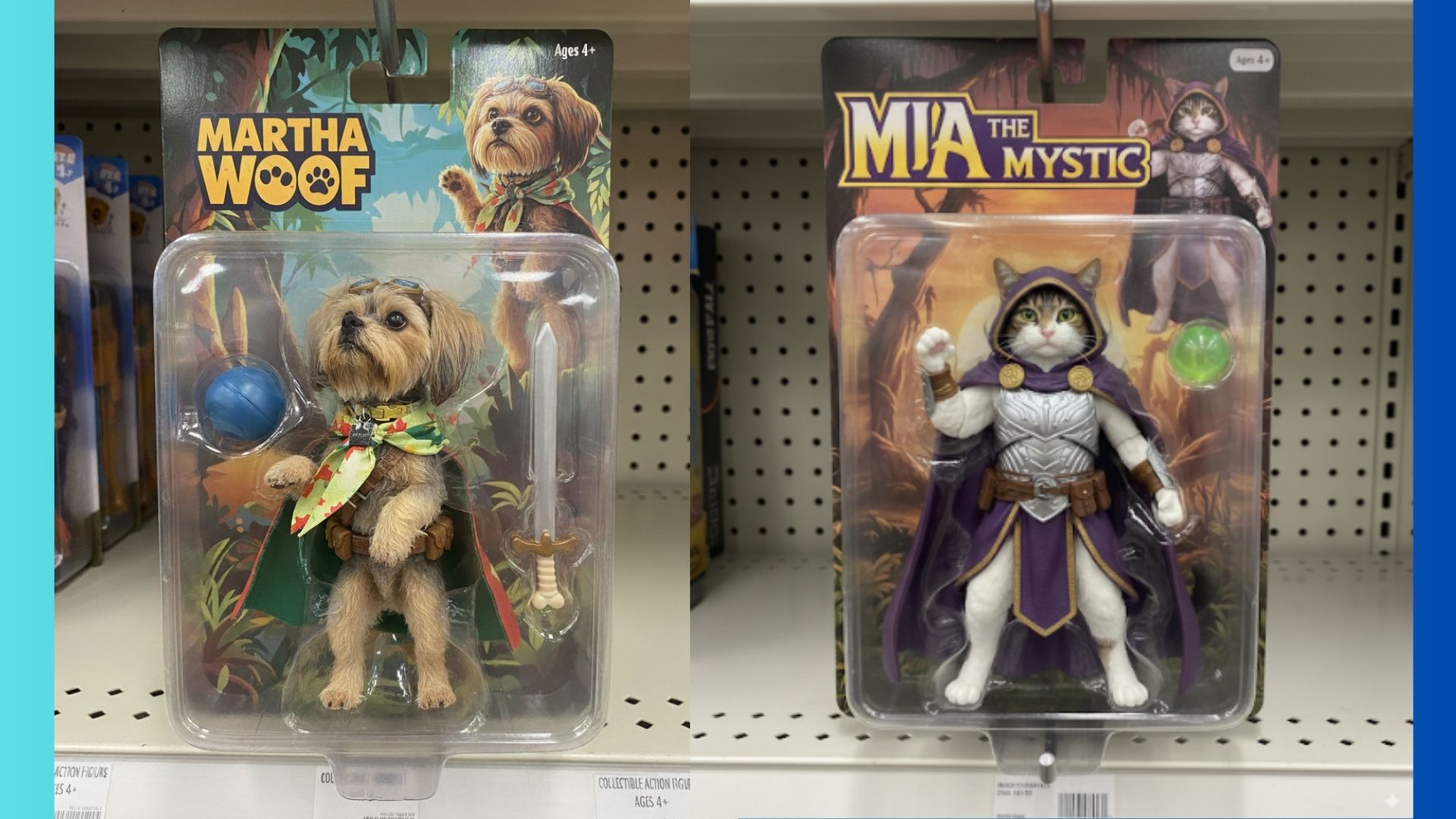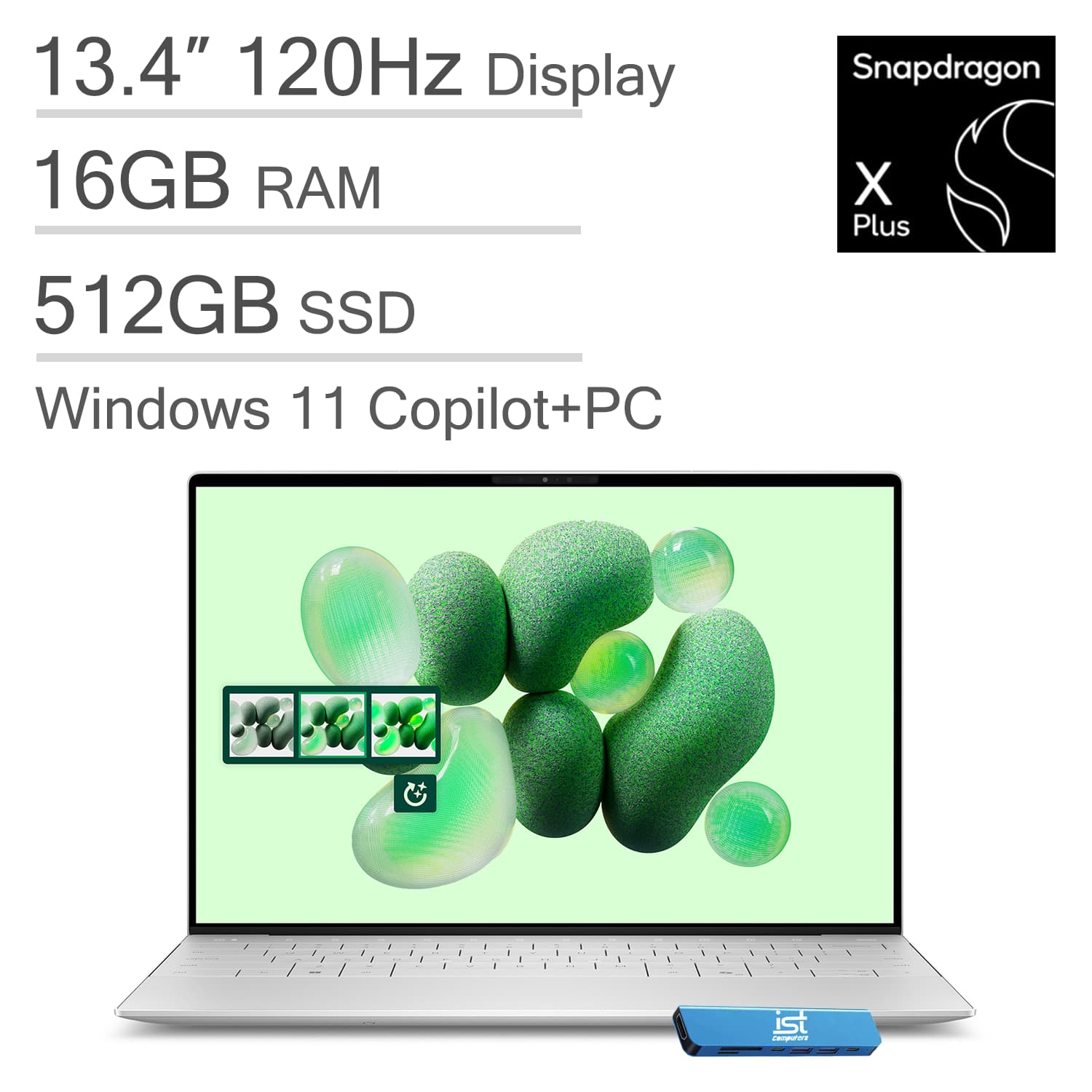Next-gen Nano Banana 2 could bring 4K AI image generation to your phone — here’s what’s coming
Expect more trends with even better quality dropping this month

Google’s Nano Banana has already proved itself to be a mainstay as one of the best, if not the best, image generation tools. Now, the viral image generator that turned selfies into glossy 3D figurines is getting a serious sequel, but this time, Google’s aiming for even better results. We're talking professional images to take your content beyond holiday cards and social media posts.
Dubbed Nano Banana 2 (or internally, GEMPIX 2), the upcoming model is reportedly built on the Gemini 3 Pro Image, Google’s most advanced visual AI to date.
According to early details shared by iLounge, the update will bring higher-resolution outputs, improved prompt accuracy, and new creative capabilities designed for marketing, design, and media production. Clearly, this update is set to reshape the AI image possibilities once again.
What we know so far

When Google dropped Nano Banana, also known as Gemini 2.5 Flash, inside the Gemini app earlier this year, it sparked a cultural moment. Users flooded social feeds with figurine-style portraits and cinematic re-creations, pushing Gemini to the top of both iOS and Android charts.
Google later confirmed that the Nano Banana feature alone brought over 10 million new users to the Gemini app in just weeks, surpassing ChatGPT’s downloads for the first time. Even Nvidia CEO Jensen Huang called it “a breakthrough in user creativity,” joking that he’d gone “nano-bananas” experimenting with it.
So yes, this sequel matters. Early test builds and developer notes outline five key upgrades coming to Nano Banana 2, which may debut as soon as mid-November 2025:
- Sharper fidelity and text integration. Gemini 3 Pro Image is rumored to boost prompt understanding and fine-text rendering, meaning your AI-generated posters, UI mock-ups or magazine-style graphics may finally display legible typography and cleaner edges. Expect native 2K renders with 4K upscaling for pro-level export. The on-image text upgrade will be a huge game-changer.
- Global context awareness. One of the standout updates is “cultural-context awareness,” which allows prompts like “a family picnic in Tokyo springtime” or “streetwear shoot in Berlin winter” to pull more authentic visual details. The model is being trained on broader geographic data to improve realism across regions.
- Better subject consistency. Where earlier tools sometimes warped faces or changed outfits between prompts, Nano Banana 2 aims for character continuity. Smoother results when generating multiple scenes featuring the same subject are something I'm looking forward to.
- Creative editing modes. Rather than just producing new images, Nano Banana 2 will refine existing ones. Early testers mention an “Edit with Gemini” mode, where users can highlight areas for changes — for instance, swapping outfits, adjusting lighting, or adding background elements — without starting from scratch.
- Faster iterations. Gemini 3 Pro Image is built for speed. While the original Nano Banana sometimes took 20-30 seconds per render, the upgraded model reportedly completes complex prompts in under 10 seconds — rivaling Midjourney and Firefly performance.
Built on Gemini 3 Pro Image

Behind Nano Banana 2 sits Gemini 3 Pro Image, a new multimodal architecture that combines image, text and vision-language reasoning. Google’s developer documentation hints at expanded “text-to-image, image-to-image, and multi-image fusion” pipelines — the same backbone rumored to power upcoming Google Photos and Workspace AI features.
Get instant access to breaking news, the hottest reviews, great deals and helpful tips.
In other words, Nano Banana 2 is the public-facing testbed for the next generation of Gemini models; the same tech that may soon touch Search, YouTube thumbnails, Slides templates and Android wallpaper generation.
If these specs hold, here's how Nano Banana 2 could look in real-world use:
- Designers can prompt in full sentences — “Generate five banner concepts for a travel app, tropical theme, flat illustration style” — and get export-ready images.
- Marketers can generate campaign mock-ups in a consistent style and aspect ratios across social platforms.
- Game developers can prototype environments and characters with better continuity.
- Casual users get faster, higher-quality selfies and edits that look like miniature movie posters.
Bottom line
I'm a huge fan of Nano Banana and the rumored timeline, pointing to a limited release in November 2025, can't come soon enough. With full integration into Gemini’s image panel and Google’s Vertex AI platform by early 2026, this launch will undoubtedly be huge. Hopefully, Nano Banana 2 will launch alongside or shortly after Gemini 3 Pro, which is expected to expand multimodal reasoning, real-time camera analysis, and on-device generation for the Pixel Fold 2 and Pixel 9 Pro.
And if Gemini 3 Pro Image lives up to the early hype, we could see a world where text prompts replace Photoshop layers, where AI generates entire campaign suites, and where even casual users produce studio-quality results from a phone.

Follow Tom's Guide on Google News and add us as a preferred source to get our up-to-date news, analysis, and reviews in your feeds.
More from Tom's Guide
- This new Nano Banana trend makes holiday cards effortless — no photo shoots, no stress (and it’s free)
- Google Home is rolling out a major AI upgrade — here’s what to try first
- 3 essential tips for finding a job using ChatGPT — try these now

Amanda Caswell is an award-winning journalist, bestselling YA author, and one of today’s leading voices in AI and technology. A celebrated contributor to various news outlets, her sharp insights and relatable storytelling have earned her a loyal readership. Amanda’s work has been recognized with prestigious honors, including outstanding contribution to media.
Known for her ability to bring clarity to even the most complex topics, Amanda seamlessly blends innovation and creativity, inspiring readers to embrace the power of AI and emerging technologies. As a certified prompt engineer, she continues to push the boundaries of how humans and AI can work together.
Beyond her journalism career, Amanda is a long-distance runner and mom of three. She lives in New Jersey.
You must confirm your public display name before commenting
Please logout and then login again, you will then be prompted to enter your display name.










